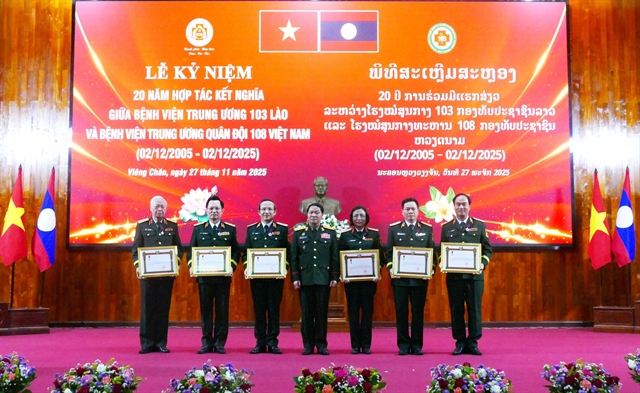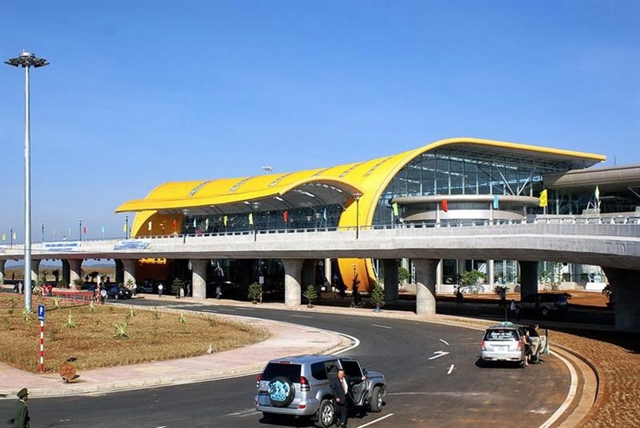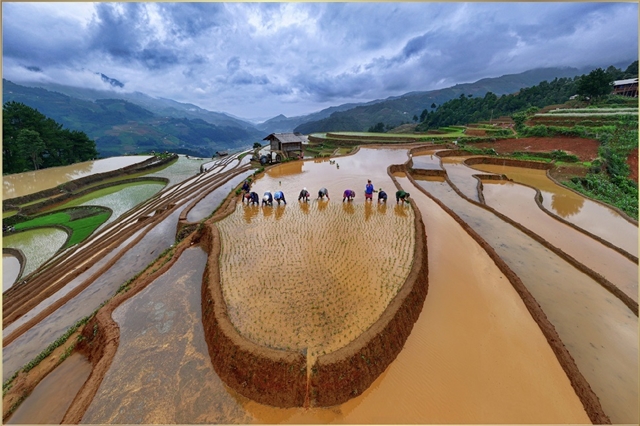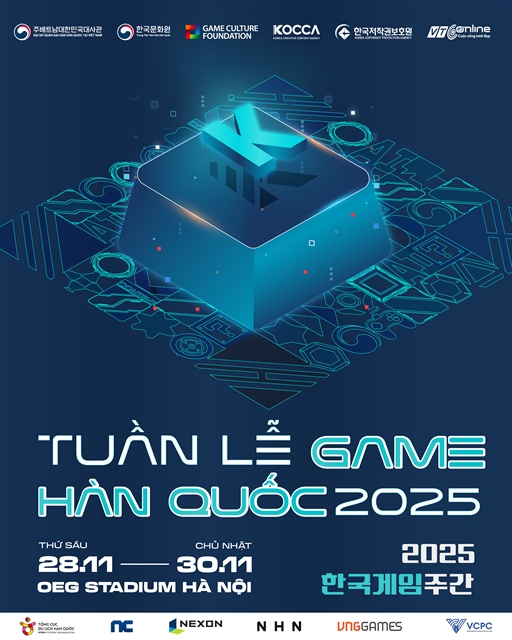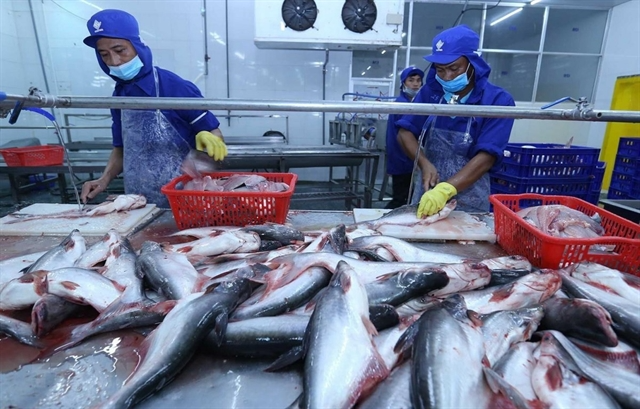 Economy
Economy
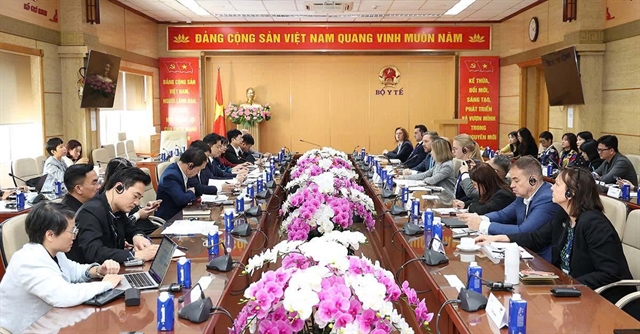
 |
| Harvesting tra fish (pangasius) in a farm located in Đồng Tháp Province. Pangasius export turnover in the first ten months reached $1.56 billion. —VNA/VNS Photo |
ĐỒNG THÁP — Việt Nam may achieve the target of pangasius export turnover of US$2 billion in 2024, according to deputy general secretary of the Việt Nam Association of Seafood Exporters and Producers (VASEP), Tô Thị Tường Lan.
She made the forecast at a conference reviewing the pangasius industry in 2024 and its tasks in 2025 that was held on November 17 in Đồng Tháp by the Ministry of Agriculture and Rural Development in coordination with the People's Committee of Đồng Tháp Province.
The opportunity for the industry to develop exports further is the positive result of anti-dumping tax and pangasius inventory reduction in major export markets, according to Lan.
The lack of raw materials may last until the first quarter of 2025, so the peak season at the end of the year is an opportunity for businesses to improve export prices.
Other advantages include positive signals from the recovery of the US economy, opportunities of increasing market shares in small retail markets in addition to traditional ones and potential demand for pangasius products in the world.
According to the report of the Department of Fisheries, total output of pangasius will be about 1.67 million tonnes in 2024, the same output as in 2023. Pangasius export turnover in the first ten months reached $1.56 billion, an increase of 8.9 per cent over the same period in 2023.
At present, the Mekong Delta region, the largest pangasius producer in Việt Nam, has a total of 1,278 pangasius farming facilities, of which, 1,107 have farming registration certificates or farming region codes.
Pangasius is predominantly farmed in some provinces in the Mekong Delta such as Đồng Tháp, An Giang, Cần Thơ, Bến Tre and Vĩnh Long.
By the end of October, the output of pangasius fingerling fish was estimated at 3.9 billion. This year, the output of fingerling fish is estimated to reach 40 billion for the farming areas.
The Department of Fisheries has set the target for 2025 to reach a pangasius output of about 1.65 million tonnes. The export turnover target is about $2 billion.
The industry's key tasks and solutions in 2025 are to continue the programmes improving the quality of pangasius fingerling fish and pay researching and gradually replacing fishmeal and fish oil in feed production with many types of other feed ingredients of plant origin, insects, microalgae, microbial protein and seaweed in the future.
In addition, the pilot application of Recirculatory Aquaculture System (RAS) is implemented for pangasius breeding farms to ensure biosafety and improve survival rates. RAS is a technology where water is recycled and reused after mechanical and biological filtration and removal of suspended matter and metabolites.
At the same time, building a brand for Vietnamese pangasius products through technological innovation, strict quality control applied from farming to processing and obtaining certifications related to food safety, greenhouse gases and environmental safety, Halal standards, helping the industry ensure consistent product quality and increase the value of Vietnamese pangasius products.
Deputy Minister of Agriculture and Rural Development Phùng Đức Tiến has requested ministries, branches and localities to develop pangasius with large-scale production ensuring biosafety, to strictly control the use of antibiotics in farming and strict management for pangasius fingerling fish production facilities, and to ensure quality controls.
In addition, pangasius production and processing must be directed towards green production to reduce emissions and improve the effectiveness of scientific research on pangasius farming and production.
Along with forming a closed chain in production-processing-consumption, it is necessary to increase the application of science and technology, take advantage of by-products to increase product value.
In addition to traditional markets, the industry needs to seek and develop new potential markets, including Muslim markets that have Halal certification requirements. — VNS

